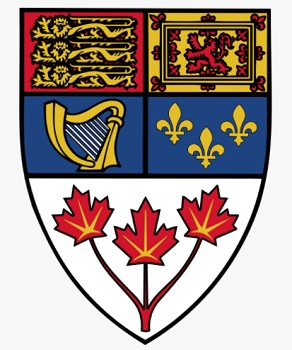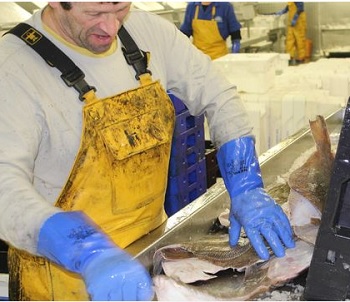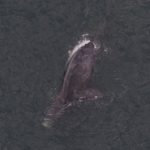Daily Archives: March 4, 2022

Fishermen Land $20 Million in Dungeness Crab in Crescent City, $51.1 million statewide
It’s not quite as high as the $40 million in crab the Crescent City Harbormaster reported Tuesday, but it’s a significant improvement from last year when local fishermen landed roughly $1.7 million worth of crab at Citizens Dock,,, Commercial fishermen statewide have landed $51.1 million worth of Dungeness crab as of Feb. 28, Juhasz said, though that is subject to change. Harbor Commissioner Rick Shepherd, who is also president of the Del Norte Commercial Fishermans Marketing Association, said the high price he and other fishermen are receiving for their catch is due to a high demand in crab. Shepherd said he did have concerns about crab caught in California but winds up being brought ashore in Brookings, Oregon. >click to read< 16:45

SEA-NL launches petition to change status of non-core groundfish licenses
SEA-NL has launched a petition urging the House of Commons to change the status of non-core groundfish licenses in this province so they can be sold or handed down. “Non-core license holders are treated like second-class fishermen,” says Jason Sullivan, President of SEA-NL, the distinct voice of the province’s licensed owner-operators. “That must end based on safety-at-sea, and fairness.” DFO’s licensing policy for Newfoundland and Labrador states that non-core groundfish licenses are not eligible for reissuance, meaning they die with the inshore owner-operators who hold them. >click to read<, and sign the petition 11:55

Lobstermen worry looming deadline for new regulations comes ‘too soon’ to change gear
At the beginning of the year, Maine lobstermen were having a hard time finding the new gear that is being required to help protect right whales. Though suppliers are now starting to see these new weak ropes and links come in, they haven’t received a flurry of new orders despite the looming spring implementation date. Starting on May 1, lobstermen, depending on where they fish, will have to have ropes running from their buoys to traps that can break with 1,700 pounds of force, or have inserts in the line that allow it to snap easier should a whale ever get entangled in them. >click to read< 11:15

Oops! Cleaning the Great Pacific Garbage Patch was probably a bad idea
Last month, a group of marine biologists noticed something fishy in a video posted on Twitter by a nonprofit called The Ocean Cleanup. “This is likely a staged video,” Clark Richards, a scientist at the Bedford Institute of Oceanography, wrote. “I call bullshit.” In the 25-second clip, a large net appears to dump 8,400 pounds of plastic waste, including crates, buckets, and fishing gear, onto the deck of a ship. The Ocean Cleanup, which has raised more than $100 million on the promise to rid plastic from the seas, said the trash in the video was just pulled from the Great Pacific Garbage Patch — an infamous region in international waters, between California and Hawaii, that’s polluted with plastic waste. >click to read< 10:23

Clyde fishing ban: ‘No scientific evidence of creel fishing impact on cod spawning’
A Scottish university professor says science around the effect of creel fishing on cod spawning is ‘completely lacking’ as trawlermen continue to be impacted by a ban. These observations come after a targeted cod ban prohibiting all fishing activity where cod can spawn in the Firth of Clyde came into place on February 14. Paul McAllister, a creel boat skipper based at Campbeltown Harbour in Kintyre, said he continues to feel “purposefully ignored” by the Scottish Government and “weighed down” after he closed his business due to the ban. >click to read< 08:37

DFO tracking project has tagged 3,000 lobsters over multiple N.S. fishing areas
Department of Fisheries and Oceans is hoping Nova Scotia lobster fishermen can be persuaded to throw back some of their catch this spring. Specifically, any lobsters decorated with a blue ribbon. The ribbons are part of a large-scale tagging project launched last summer that aims to track movement patterns amid changing ocean conditions. While previous tagging studies have focused on smaller areas, this one covers a large stretch of Nova Scotia’s Atlantic coast, from the northern tip of Cape Breton to an area around Halifax, said Ben Zisserson, a lobster biologist with DFO. >click to read< 07:48

















































